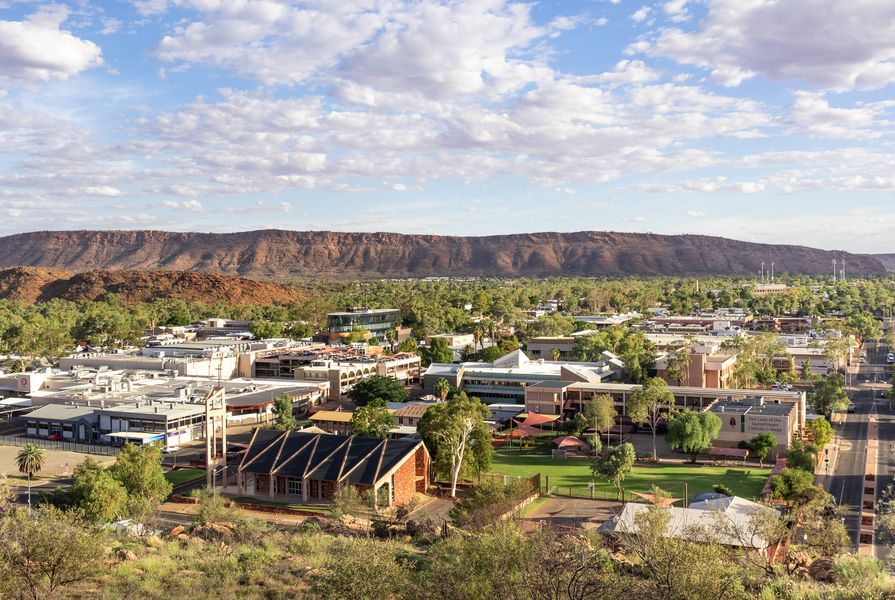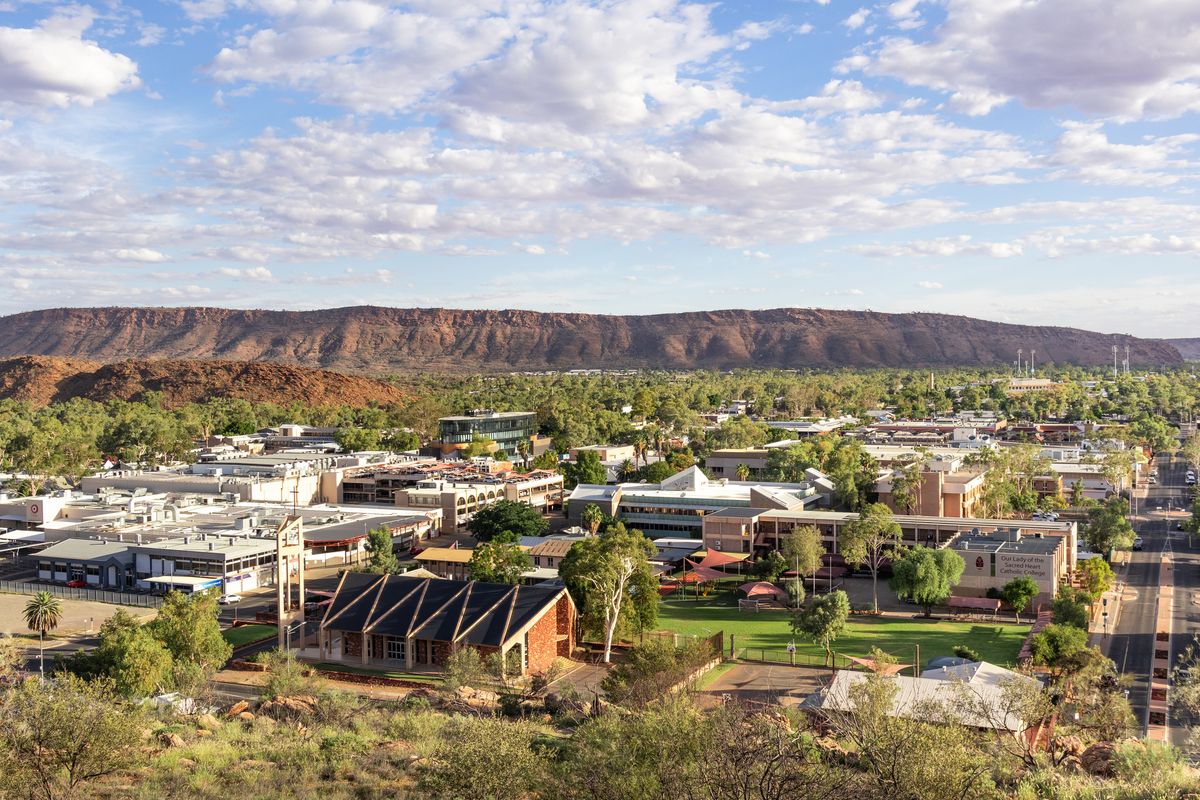The federal and Northern Territory governments will jointly allocate $4 billion over 10 years for housing development in remote communities across the Northern Territory, in a move that they say will contribute toward Closing the Gap.
Prime Minister Anthony Albanese revealed the funding commitment during a visit to the Northern Territory’s Binjari community, near Katherine. Under the initiative, 270 new homes will be constructed each year, with the aim of reducing overcrowding in houses by half. The funds will also assist with housing repairs and maintenance.
“This landmark agreement between the commonwealth, Northern Territory government and Aboriginal Housing NT delivers a significant investment in remote housing in the NT over the next decade,” Albanese said. “The Northern Territory has the highest level of overcrowding in the country which we are working to halve by building 270 houses each year.”
The Wilya Janta Housing Collaboration — a not-for-profit Aboriginal cultural consultancy comprising Aboriginal Housing NT, Julalikari Council Aboriginal Corporation, Emergent Group, Original Power, King and Wood Mallesons, and architecture firms Office and Troppo – has welcomed the funding but is pushing for First Nations involvement during the design and planning process.
Wilya Janta CEO Simon Quilty said the “current model of community engagement in housing design is failing. Homes in remote communities are overcrowded and overheated, fuelling the social, health, and cultural inequities faced by Aboriginal communities.
“While commendable, this funding will only make a difference if governments are genuinely committed to engaging with community and working on innovative solutions to housing design and evaluation. Building houses is one thing, building trust and community is another.”
Jimmy Frank Jupurrurla, a Warumungu man and chair of Wilya Janta, mentioned that while the announcement is a positive step in the right direction, it is crucial that these new houses are well-equipped to withstand extremely hot weather caused by climate change.
“Governments focus too much on cost efficiency and doing things quickly, but in the long run, these houses are making our people sick, our well-being is forgotten. The new houses being built today are not designed for our culture or our climate,” Frank (Jupurrurla) said. “Us Wumpurrarni people really want to work with government.”
The announcement comes after the Australian Institute of Architects made repeated calls for the federal government to contribute $4 billion to First Nations co-designed housing in its 2024 and 2023 pre-budget submissions.
In addition to the $4 billion, the federal government will commit a further $120 million across three years to match the territory government’s annual investment, which enables housing improvements and infrastructure upgrades to be undertaken in remote areas.
Minister for Indigenous Australians Linda Burney said the funding will “make a difference to the lives of so many Aboriginal people living in remote communities. “Increasing the housing supply will ease overcrowding, which we know is a major barrier to closing the gap.”
Northern Territory Chief Minister Eva Lawler echoed those sentiments and said the partnership will see the delivery of “2,700 homes in ten years … for more than 10,000 people.”
To support the delivery of the new and improved housing, a partnership agreement will be established between the Commonwealth and Northern Territory governments, Aboriginal Housing NT, the state’s peak First Nations housing organisation, and Aboriginal Land Councils. The federal government will provide Aboriginal Housing NT $1 million over the next two years to support its role in the partnership agreement.
The governments stated the initiative would create local employment opportunities and support Aboriginal Business Enterprises.
















